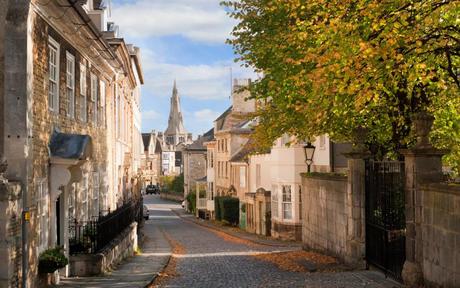
"Stamford? Is that a university in the United States? Do you mean Stamford Bridge?' None of my well-traveled friends had even heard of Stamford, Lincolnshire. To be honest, I hadn't done that either until recently.
The 'hidden gem' is a cliché of travel writing. However, after many years of exploring Britain, I would suggest that this little market town really deserves this nickname.
The architecture is all buttery stone as it is the same Jurassic limestone as Bath and York. Stamford was the first protected area in England thanks to the pioneering work of a Dr Kenneth Fennell in the 1960s. With more than 600 monumental buildings in a compact area, the city - more of a living museum - is easily accessible on foot. The illusion of being in a fantasy world is compounded by students floating around in long coats as if they were at Hogwarts. I wouldn't be surprised if one flew by on a broomstick. These are students from the fee-paying Stamford Schools, which owns several Georgian buildings.
On a quiet cobblestone street I saw for the first time what appeared to be a tourist. A young woman took selfies in front of large buildings. She wasn't simulating a scene Middle march or Pride and prejudice - both of which were filmed here - but a local fashion influencer (@rosieannbutcher) poses for Instagram. "There are so many fantastic backgrounds," says Rosie Butcher, who recently returned to her childhood home of Stamford with her partner and baby.
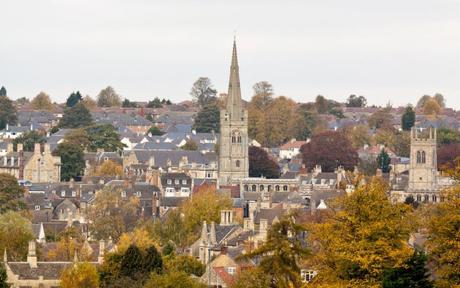
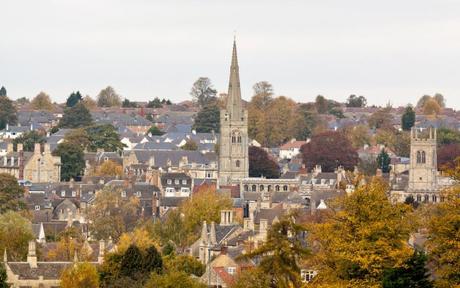
Unlike other honeystone honey pots where you can barely move for selfie-stick-wielding tourists, in Stamford the only visitors I met got up close and treated themselves to a night or two away in their nearest market town.
Adding to the mystery of why this place is so underrated is the fact that poets and writers have been extolling its charms for centuries. John Betjeman called it "the most attractive city in England". Sir Walter Scott apparently said that this was the most beautiful sight on the road between London and Edinburgh.
The story continues
"It's not just Georgian though," said my guide, Nicola Sandall, during a walking tour. "There are also medieval buildings." Dressed all in pink, she was a flood of information and quirky stories - about how Stamford was spared destruction by Oliver Cromwell because his girlfriend, Lady Frances Wingfield, lived here.
During the Second World War, Göring and Goebbels both had their eye on Stamford's main property - a beautiful 16th-century stately home, Burghley House - as their future home once Germany had won the war, and so ordered the Luftwaffe to stay away. Sandall said. . Not that the city remained unscathed. "One bomb fell, but did not explode. He rolled through a house where the family was having breakfast. They all survived and the bomb ended up in the garden," she said as we crossed the River Welland and passed a watchmaker.
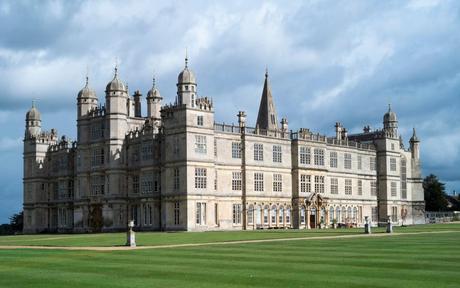
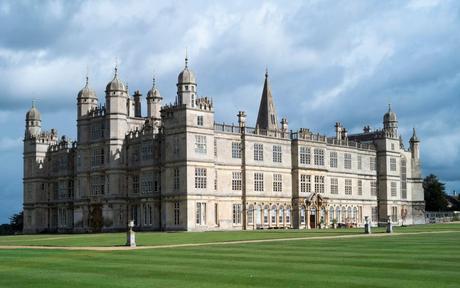
In ancient times Stamford was an important junction of the Welland on the route of the Roman Road, Hermine Street, between London and York. Further trade and wealth came from wool. When this trade declined, perhaps because the river silted up and hindered navigation, "religion took over," Sandall said. There were 14 churches, a priory and almshouses. Today, seven churches remain. St Martin's contains the extensive graves of William Cecil and his family, owners of Burghley House. He was Lord High Treasurer to Elizabeth I and could easily have requested to be buried in Westminster Abbey, but he preferred to be buried here.
Stamford's heyday came in the 19th century, when it was a fashionable staging post on the Great North Road, linking London and Edinburgh. "It was two days by bus from here to London and also two days from here to York," Sandall said, pointing to the York Bar and London Room in the foyer of The George of Stamford Hotel. "Passengers waited in those rooms for their coaches: the history was clearly visible. In the 19th century, when the railroads came, the main route bypassed Stamford - there is only a branch line - so the town didn't really grow beyond the 19th century, preserving its historic charm," she says.
An active Civic Society continues the work of Dr. Fennell continues. There are strict rules about storefronts and color schemes. This recently made national headlines when a shop owner - a former BBC contestant The intern - was reprimanded for painting woodwork on her boutique yellow.
The only disadvantage of the city is the traffic jams. If you can, leave the car behind. The small train station is just a five-minute walk from the nearest hotel: The William Cecil, which in all Farrow & Ball colors and wood paneling is just a 10-minute walk from the pedestrianized high street.
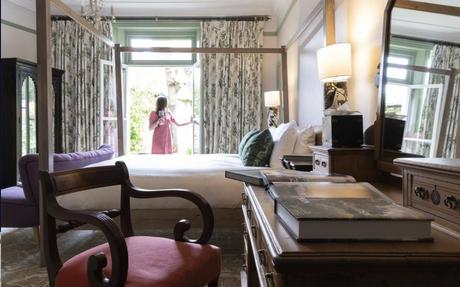
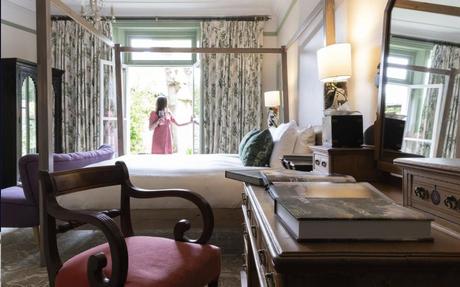
You may even decide you want to stay permanently. At The Bull & Swan, where Sir Isaac Newton happened to meet, I met a couple looking for a property and moving from Surrey. "It's such a beautiful town, like a miniature bath without any crowds," said Lucy. "And there is an arts centre, cinema and theatre."
Stamford, with a population of just over 20,000, has appeared on national newspapers' "Best Place to Live" lists. Yours for £700,000 is a new build 'Georgian style' townhouse on Kettering Road. Not everyone approves. "I don't care about pseudo-'Georgian' architecture," says Ursula Jones, outspoken president of Stamford Civic Society, who lives nearby. "Build new, and sympathetic, but don't pretend to be something it isn't," she said, blasting a new development similar to the king's pet project, Poundbury.
Needing something authentic, Jones and I walked to her favorite pub, The Tobie Norris, in a building dating back to the 13th century. Three floors of beams, wobbly steps and eccentric furnishings: it was once the home and foundry of clockmakers, the Tobie Norris family. Most recently it was an RAF club, but for almost twenty years it has been a real beer tavern. "On weekends it is always busy with locals," says Jones. "You have to reserve a table." We were there on a Monday in February and the place was so quiet we could have had a room to ourselves. Stamford rings my bell. A gem, hidden in plain sight.
How to do that
Book a 90-minute guided walking tour with the Mayor's Guides (01780 729076). The Mid-Lent Fair (with carnival rides) will bring a lot of noise and crowds to Stamford from March 11 to 16 (you may want to avoid this). Friday is market day.
Burghley House reopens on March 16. The William Cecil has a Sunday offer in March with a three-course dinner, bottle of wine and B&B from £150pp (thewilliamcecil.co.uk). For more information, see visitlincolnshire.com.
